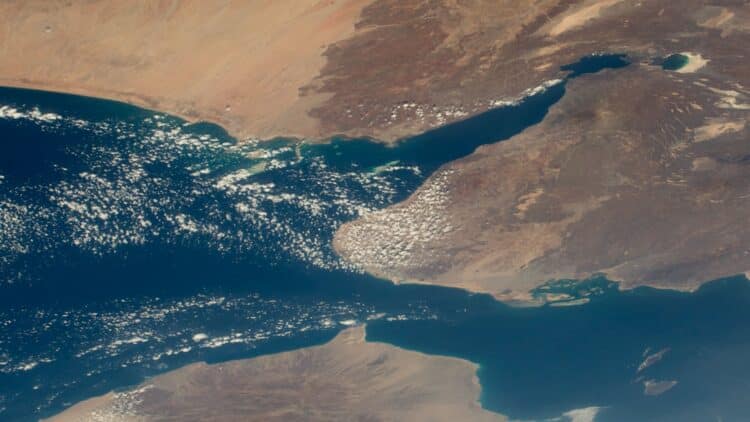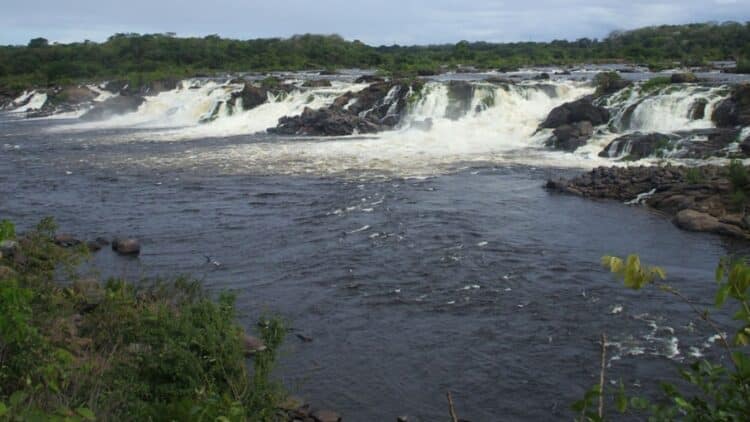Egypt’s ongoing evolution in energy has been recently discovered near the Red Sea revealing an impressive 650 MW of power. This exciting development shows how Red Sea Energy continues to drive the country’s path toward a sustainable and promising future. Explore the fascinating history of Egypt’s enduring energy sources and their impact on today’s world.
The discovery: Ancient sands hiding a renewable giant
The origins of Red Sea Energy took root in 2023 when satellite imagery revealed a notably high solar irradiance corridor along the Gulf of Suez. Coupled with persistent year-round coastal winds and subtle yet steady geothermal upwelling, this location perfectly suited a hybrid energy facility. This strategic convergence of natural resources set the stage for a promising new chapter in Egypt’s renewable energy landscape, which will make Egypt known to the world (just like what China discovered in Yunnan Province).
Engineering the 650‑MW hybrid plant
Although initial headlines focus on the 650 MW figure, Red Sea Energy’s true strength is its three-pronged approach, integrating solar, wind, and geothermal power. This blend leverages the region’s diverse resources to deliver consistent, 24/7 electricity, ensuring maximum and reliable energy output.
The core of the complex is an eight-square-mile solar array using bifacial TOPCon modules instead of standard panels. These panels capture sunlight directly and from desert glare, boosting efficiency. Single-axis trackers rotate east-west, increasing daily energy output by nearly two hours. With a 27% capacity factor, they are expected to generate about 945 GWh of clean electricity each year.
In the evening, inland breezes after sunset drive a fleet of thirty-four 6-MW wind turbines. Each rotor, larger than a Boeing 747, is made from erosion-resistant composites to withstand abrasive salt crystals from the Red Sea. Advanced yaw control systems and LiDAR sensors constantly adjust blade orientation to optimize performance as wind conditions change, complementing the resting solar panels. With a projected capacity factor of 45%, typical for onshore wind, this segment is expected to produce around 788 GWh of clean electricity annually.
Completing the renewable energy portfolio are ten binary-cycle geothermal units located along shallow fault lines. Instead of venting steam, superheated brine passes through heat exchangers to drive closed-loop turbines, eliminating emissions and conserving groundwater. Rated at 50 MW each, their high 95% capacity factor ensures this geothermal segment consistently contributes about 416 GWh of electricity annually. This reliable power source helps stabilize the grid amid fluctuations from solar and wind energy.
Together, this trio achieve the site’s total capacity of 650 MW. This comprehensive renewable setup not only meets energy demands but also delivers a substantial environmental benefit.
Economic and social benefits for Egypt and the region
Beyond the environmental benefits, Red Sea Energy is expected to generate approximately 6,000 construction jobs and 400 long-term technical positions, including roles such as turbine technicians and solar-field drone pilots. Local contractors in Hurghada and Safaga are already seeing increased orders for materials like concrete, steel, and fiber-optic cabling. When fully operational, the plant will have the capacity to power around 550,000 Egyptian households.
Tourism may also experience a boost. Developers plan to establish an on-site visitor center where visitors can observe robotic panel cleaners in action and explore an immersive “gravity well” that simulates airflow through a turbine blade. By branding the facility as an educational landmark, a modern complement to Luxor’s ancient temples. Egypt emphasizes that innovation and heritage can coexist and thrive together.
This discovery represents a pivotal milestone in Egypt’s quest for sustainable energy independence. By harnessing the Red Sea’s abundant resources, Egypt not only transforms its energy landscape but also establishes itself as a leader in renewable energy innovation. As it progresses, it is poised to deliver environmental benefits for future generations. The US has also discovered a rare earth mine.
Disclaimer: Our coverage of events affecting companies is purely informative and descriptive. Under no circumstances does it seek to promote an opinion or create a trend, nor can it be taken as investment advice or a recommendation of any kind.













